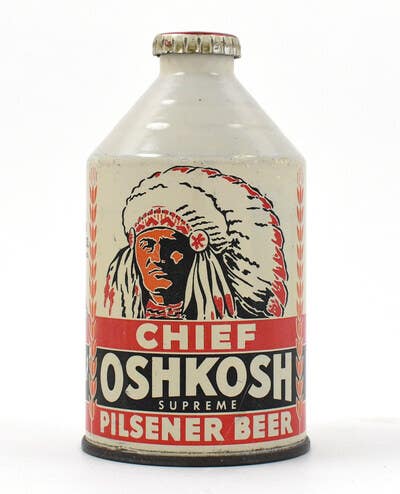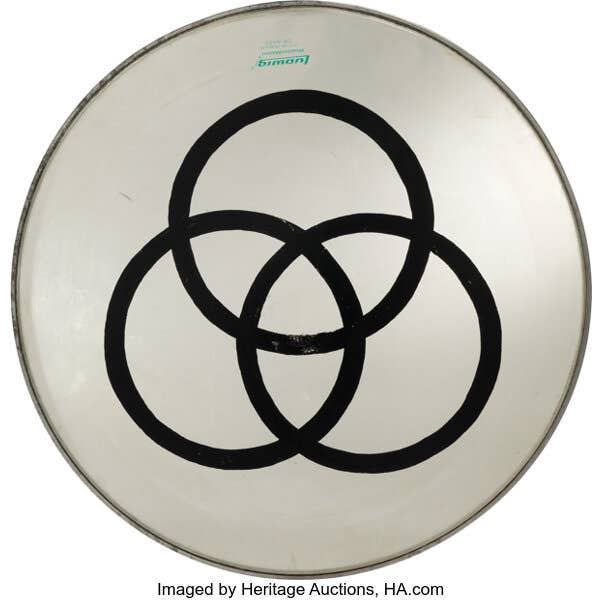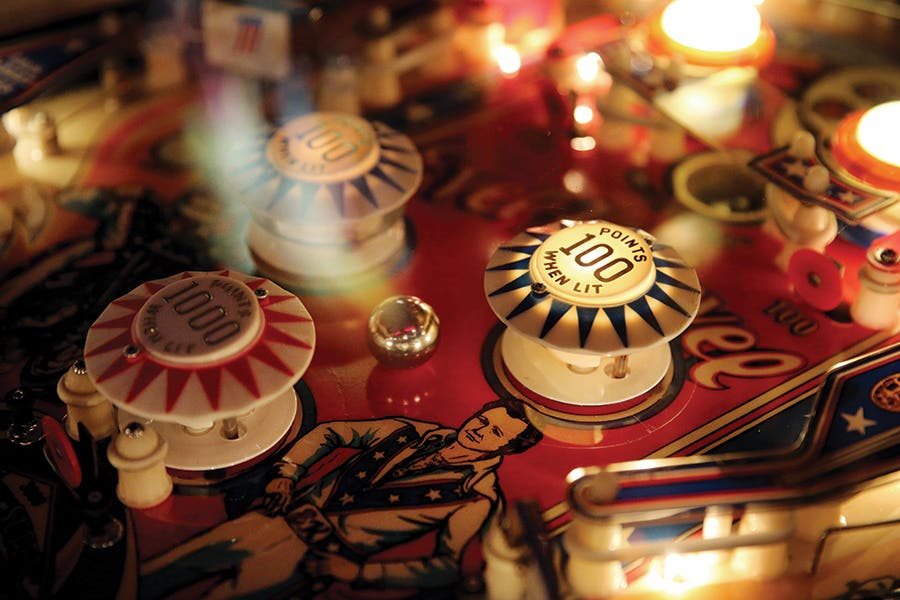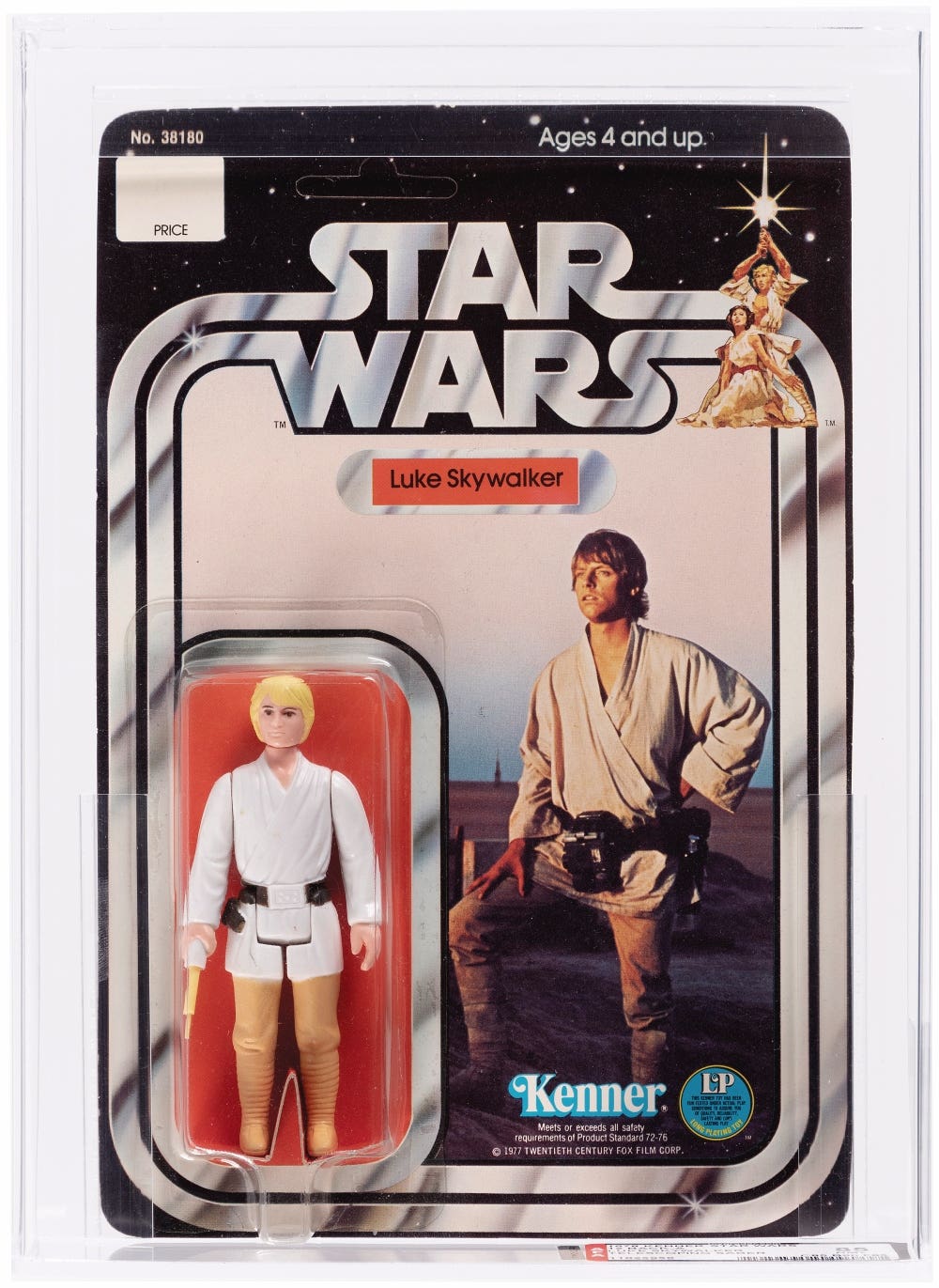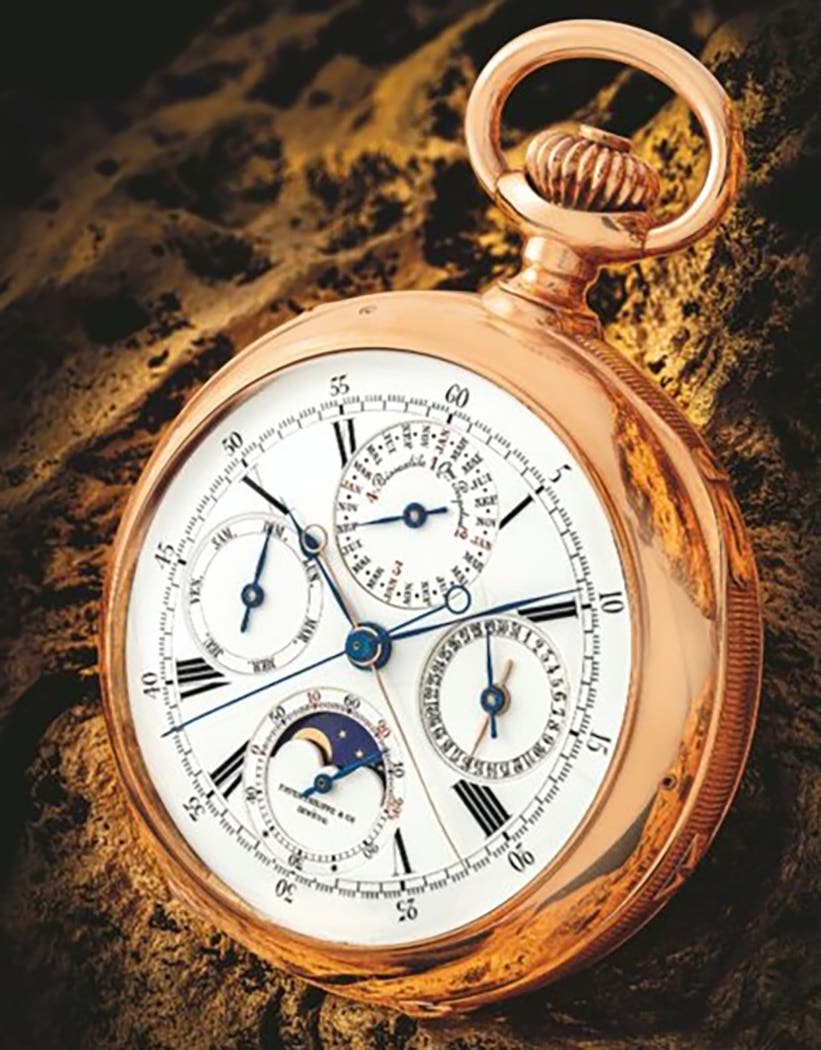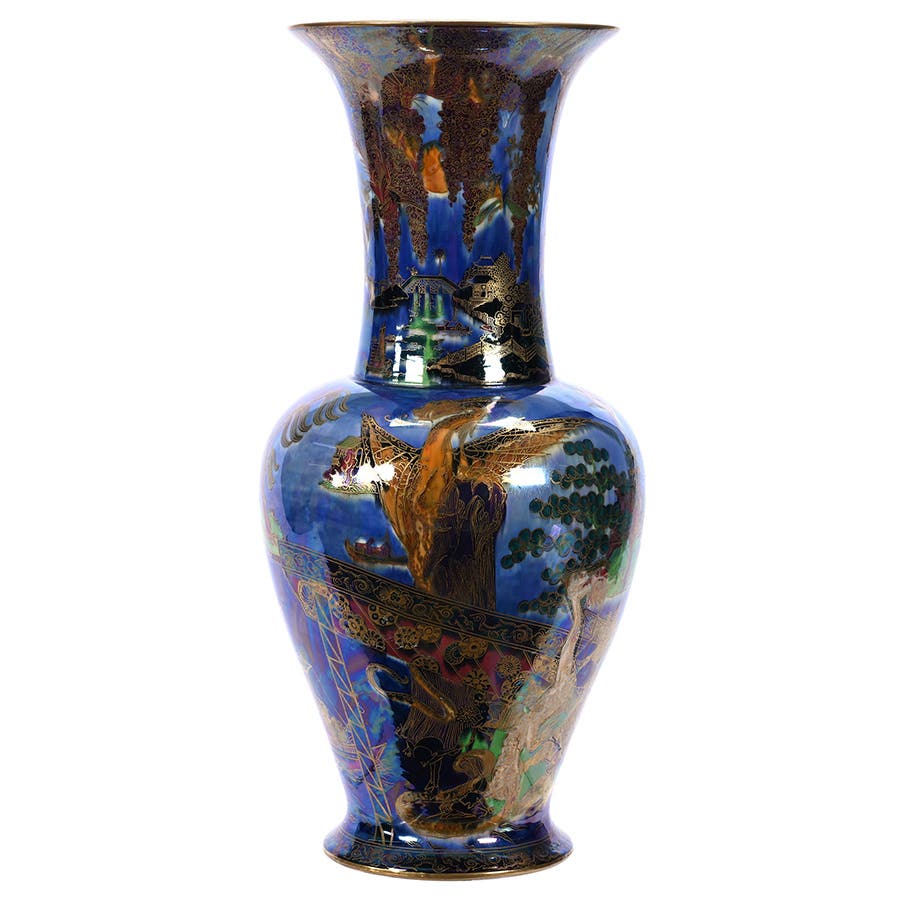Learn about old furniture forms that have fallen out of use
Learn about old furniture forms no longer common in modern homes. How to identify a music cabinet, gossip bench, parlor pig, dumbwaiter, wig stand, roller organ, candle box, and more.
Previously in the Furniture Detective column, I wrote about certain types of old furniture forms. Those forms had evolved in response to social needs rather than physical comfort considerations or stylistic demands. Included in that list of new ideas from various periods were the tea caddy or teapoy that came from England’s 17th and 18th century obsession with tea. The tall tea tables that accompanied that little quirk of character, while early 20th century smoking stands catered to the American obsession with tobacco. And the Priscilla, the dainty little sewing cabinet, helped occupy the hands of the Depression era while mending or making clothing.
Now it’s time to recall at least a partial list of those old furniture forms that at one time were an important part of our collective lives (or those of our ancestors anyway) but have now receded from common use due to changing social standards including the teapoy and the smoking stand. Most are probably familiar, but one or two may not be.
What began in the early 18th century as simply wooden boxes expanded in ornamentation and complexity over the next nearly 200 years. The caddy eventually evolved into the teapoy, a self-contained decorated stand with a closed compartment that became the standard for storing and serving tea in the early 19th century. Teapoys often reflected the highest art of the craftsman of the day and employed exotic materials like rosewood for an even more dramatic effect. While teapoys are no doubt still in use today in some parts of the world, they are not quite so important as they once were.
Another missing part from that period of history is the fire screen. These (usually) rectangular screens were mounted on a pole with a height adjustment to suit the consumer. The purpose was to shield the face from the direct heat of the open fireplace. The fireplace was often the only source of heat and light in older homes. But why the need to shield the face? Face make up of the period, for both men and women, was made primarily of wax and the direct heat form the fire would literally make the make up melt. We don’t normally use the open hearth as the primary source of heat today and our make up is not made primarily of wax. Thus the exit of the fire screen.
Here are some other quaint pieces of former usefulness that are now missing from contemporary homes.
Smoking stand
Smoking stands developed prior to World War I as the one stop spot for the smoker of the house with all necessary accessories, including cigar scissors, humidor and removable ashtray in one handy stand positioned by the favorite chair. The heyday of the “smoker” was during the Depression era of the 1930s when manufacturers turned to “novelty” furniture items in an effort to produce a product that was affordable to the average family. Like teapoys before them, all of the manufacturing legerdemain of the period was brought to bear on this small product including printed finishes, fake veneer, exotic (or seemingly exotic) woods and creative decorations that sought to give the humble smoker some “value.” While the genre lasted well into the 1950s, by the 1970s the “smoker” was a relic of the past for everyday use.
Gossip bench
One of the forms devised in response to modern technology was the “gossip bench.” By the 1910s the telephone was busy insinuating itself into the American household but there was no place to put the heavy, bulky and frankly less-than-attractive black candlestick telephone of the period. The combination telephone/telephone book shelf and seating provided another one-stop solution just like the smoker. Manufacturers like Cushman of Vermont used the opportunity to create one-of-a-kind pieces like the “Betumal” (“beat ’em all”) model that had a hinged stool that folded under the table when not in use. Other more conventional manufacturers merely incorporated current styles, primarily Colonial Revival, into the concept to produce traditional looking seating with a telephone space. As the telephone became lighter and more attractive in the 1960s the need for the separate space dwindled and the form disappeared.
Priscilla
Another 20th century non-survivor is the “Priscilla” – a utilitarian sewing stand that appeared in the early 1920s, apparently named for the treadle type sewing machine of the period and its accompanying magazine “Modern Priscilla.”
Makers introduced the Priscilla as a low cost replacement of the more elaborate Martha Washington sewing cabinets. Eventually it became an art form unto itself in the 1930s. By the end of the 1940s the lightweight little box with the hinged lid was gone.
Larkin cabinet
Music was an important part of the late Victorian household. To provide family entertainment, females especially were strongly encouraged to play an instrument at home. (Only men preformed in public.) Pump organs were readily available and moderately priced (as little as $22 in the 1902 Sears catalog) so many homes were musically enabled. But what to do with those pesky sheets of music that blow around the room on a breezy day? Put them in a sheet music cabinet, of course. Sheet music cabinets were a common sight in most parlors around the turn of the 20th century. We seldom see them today because the emphasis has shifted from home music accomplishment to home music as entertainment, which we don’t get from sheet music. The sheet music cabinet shown was given as a premium by Larkin around 1917.
Parlor pig
One of my favorite forms of extinct animals is the parlor pig. You may not know it by that name but the form is probably familiar. It's a footrest from the later 19th century using a large diameter circular post as the footrest. Four stubby legs support the footrest, giving it the appearance of a pig. This type footrest was supposed to be good for the relief of gout symptoms, a disease of the kidney that often manifests itself as inflammation in the heels of its victims. The heel pain made it difficult to use a standard footrest with the heel propped up. The parlor pig or gout stool allowed the patient to rest his heel on the other side of the pig, placing the weight on the back of the ankle or lower leg.
Wig stand
In the 18th century a proper gentleman wore only a proper wig in public. This combination wash stand and wig stand was the perfect tool to help the modern gentleman start his day. This stand, circa 1765, can be seen in the Museum of Arts and Sciences in Daytona Beach, Florida [www .moas.org].
Candlebox
In the 18th century candles were a main source of light. Hand made and fragile, care is necessary in their storage. This well-built box was the ideal storage place for not-yet-needed candles.
Dumbwaiter
While we may call this old furniture form a three-tier table, the original use was as a dumbwaiter. In 18th century dining rooms, it sat next to the hostess and contained extra “usefuls” like silverware and napkins. The dumbwaiter also often contained sweets and desserts. Today dumbwaiters serve as display tables in living rooms.
Roller organ
The little device known as the roller organ, was the precursor of the MP3 player and the iPod. It was a portable, inexpensive, personal music player from the turn of the 20th century. It derived its music from “cobs” that activated sound mechanisms much like the larger music boxes of the day. Sears even sold its own brand name roller organ for $3.25. Hundreds of extra tunes were available on cobs for 18 cents each.
With more than 30 in the antique furniture business, Fred Taylor is a household name when it comes to the practical methods of identifying older and antique furniture: construction techniques; construction materials; and style.



